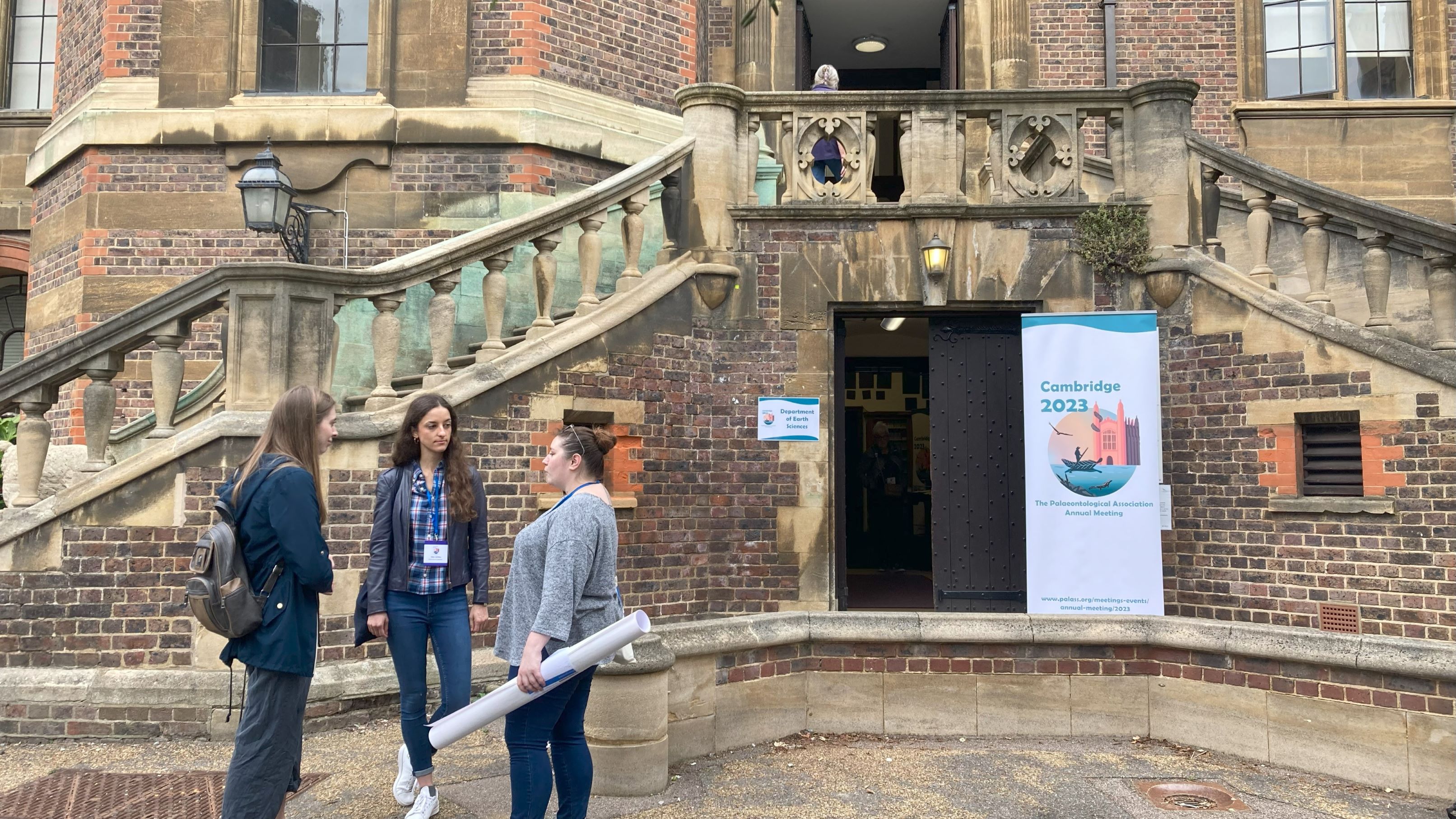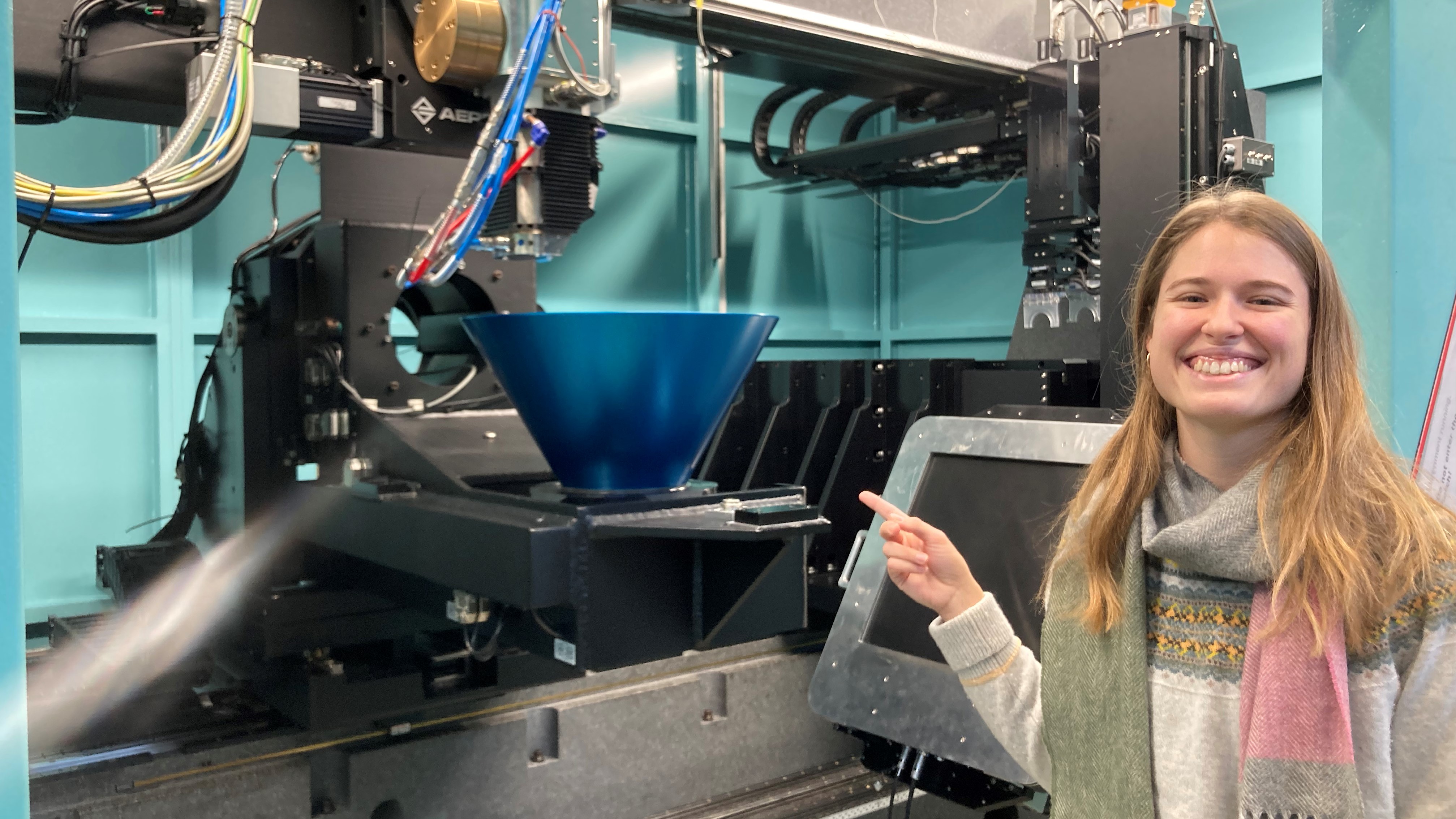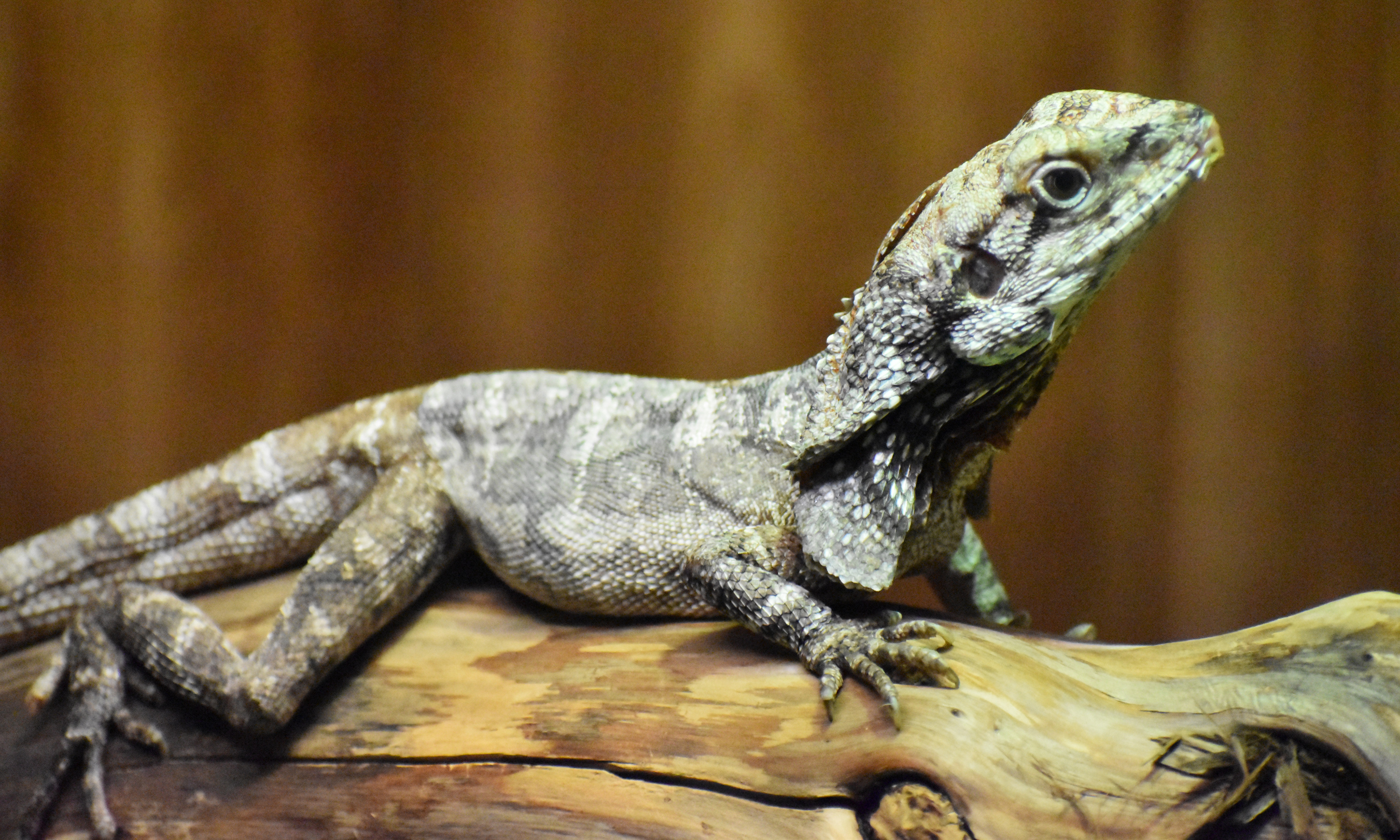Annabel Hunt is a second year PhD student studying the evolution of the theropod palate in the Field Palaeobiology Research Group at the Department of Earth Sciences. Here, Annabel reports back on attending the 2023 Palaeontological Association Annual Meeting.
Continue reading “Palaeontological Association 2023 conference comes to Cambridge”In Conversation with Alex Liu
Dr Alex Liu joined the Department of Earth Sciences in 2016 and is an Associate Professor in Palaeobiology and a Fellow of Girton College. He reflects on his work with Erin Martin-Jones.
Continue reading “In Conversation with Alex Liu”Forgotten fossils: how museum collections can be a treasure trove
Palaeontology isn’t all about adventuring into the desert to dig up rocks. Sometimes, the palaeontologists of the past managed to find so many fossil bones, they didn’t know what to do with them. These bones can lie forgotten in museum collection drawers for decades, until a PhD student comes along to study them.
Fortunately for me, some of the most commonly overlooked fossils are fragmentary, isolated bones belonging to tiny animals. As a palaeontologist who works on passerine birds, which are generally tiny (think robins and blue tits), I was very excited to go on my first museum trip to look at bird fossils. In December 2022, I visited several museums in southern Germany to poke through all the drawers that might contain some mystery bird bones.
Continue reading “Forgotten fossils: how museum collections can be a treasure trove”Scanning Ediacaran fossils in Newfoundland
In September, I spent three weeks in Newfoundland, Canada working on world class Ediacaran fossil surfaces with Emily Mitchell, Charlotte Kenchington and Lucy Roberts. After eight hours of travelling, our bright red truck full of precision equipment, people and food arrived in the town of Portugal Cove South. We settled into ‘The Green House’, where we would be staying, and promptly collapsed in bed.
Continue reading “Scanning Ediacaran fossils in Newfoundland”
Dragon watching: unlocking mysteries of lizard movement
Evolutionary biomechanist and NERC DTP PhD student Luke Grinham’s research focuses on the evolutionary transition from a quadrupedal style of movement to a bipedal one in reptiles.
I tend to take two different but complimentary approaches to answering my research questions: observations and interpretations of fossil material, and musculoskeletal anatomy and biomechanics of living reptiles. These two directives frequently inspire and inform findings in each other. I’ll give a brief overview what I tend to do here!
Continue reading “Dragon watching: unlocking mysteries of lizard movement”
Trails from the Outback
Part 1 – Tracking the First Colonizers of Land
The Sun was setting fast. Only about half an hour before it sunk beneath the horizon. But that was just perfect. For that’s when the Sun’s low, raking rays clipped the surface of Tumblagooda Sandstone, perched high above the Murchison River gorge in Western Australia. And there, running across the surface, like sets of miniature railway tracks, were three sets of parallel rows of little footprints made by multi-legged arthropods about 430 million years ago. Each trackway was as wide as my hand. One animal had followed another, then veered off to the left. Another, more faint set, had cut across them, moments later. Each trackway marked the activity of these animals for maybe just 20 seconds of their lives hundreds of millions of years ago.






